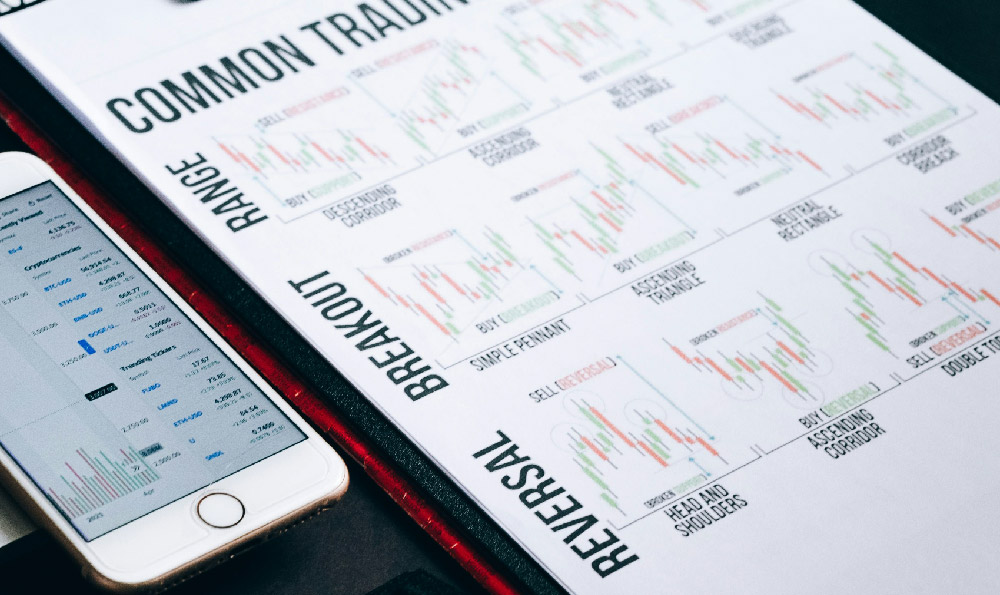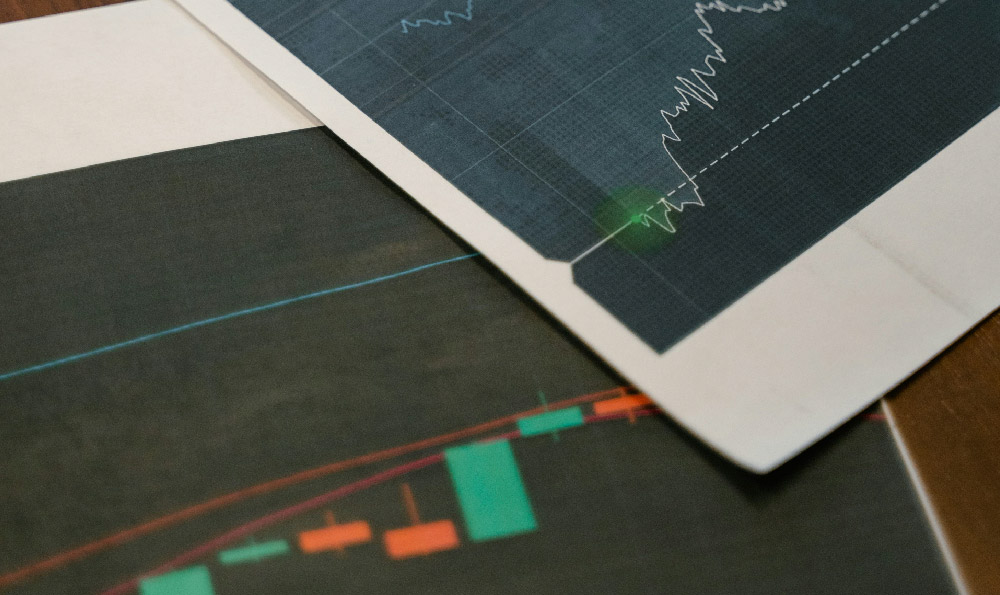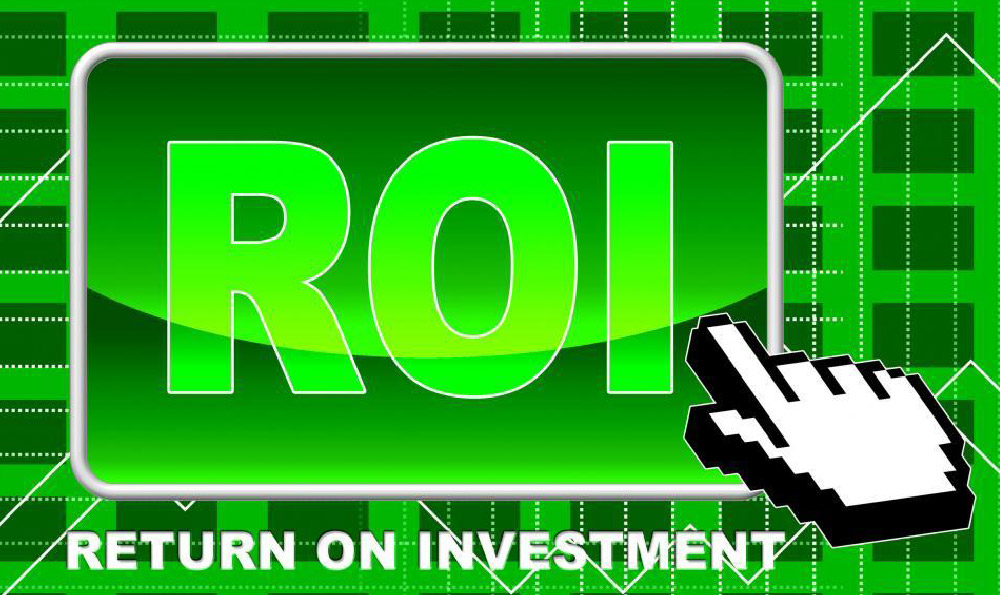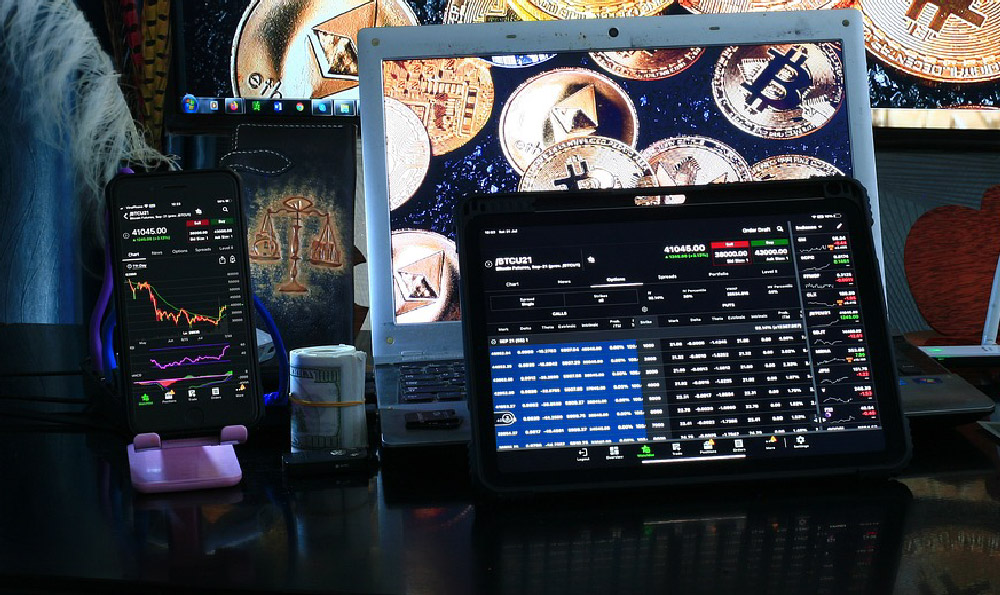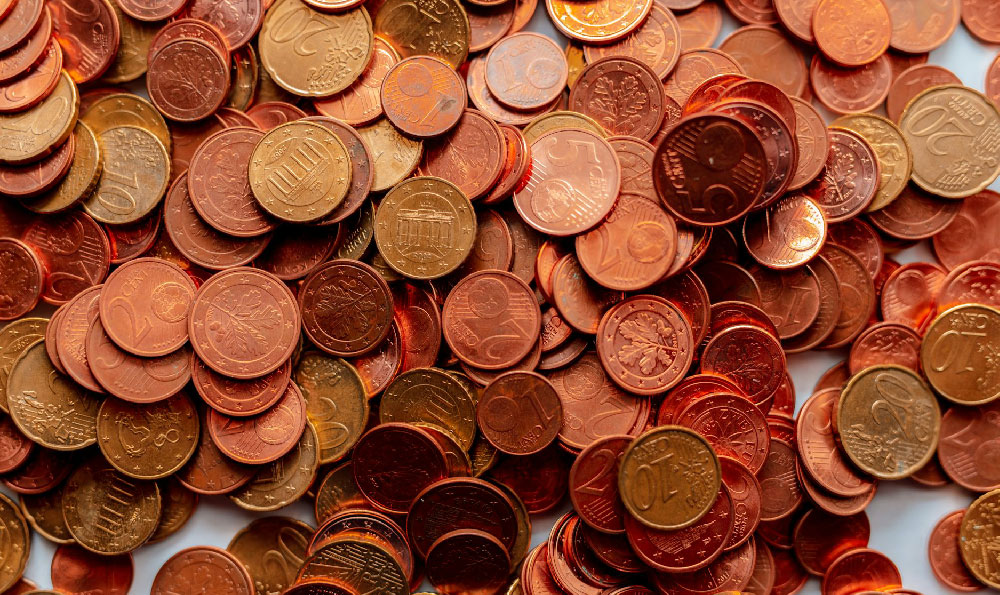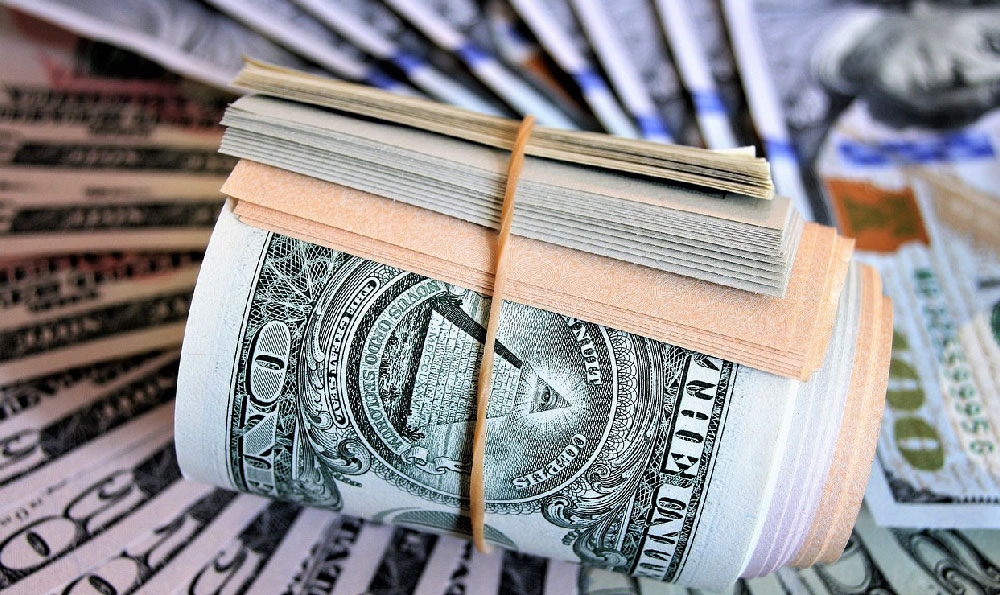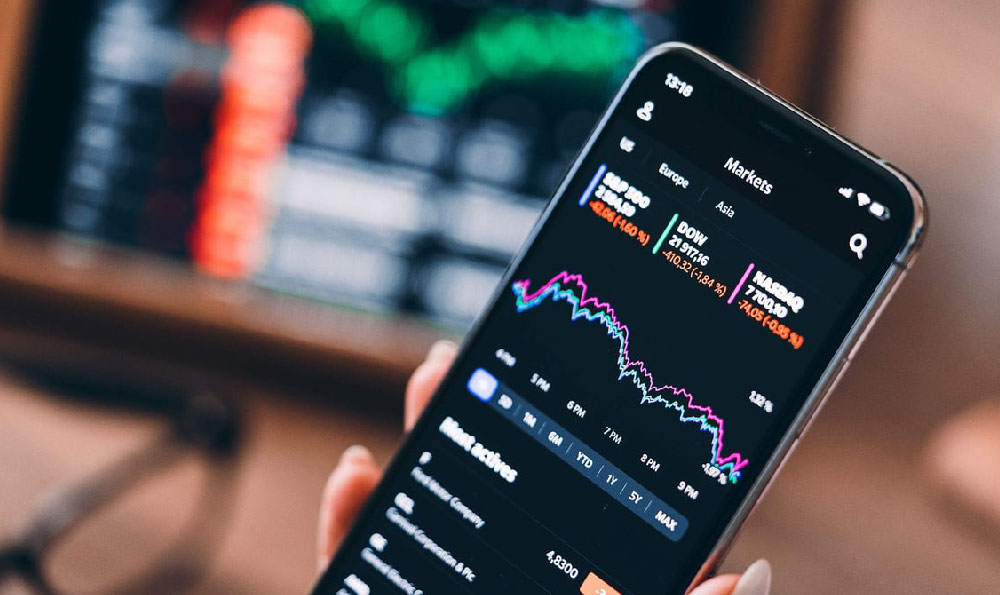Let's delve into the intricate world of YouTube monetization and explore the potential for you to generate income from your content. YouTube, at its core, is a massive video-sharing platform, but it's also a sophisticated advertising ecosystem where creators can earn revenue based on the views, engagement, and demographic of their audience. Understanding the mechanisms behind this ecosystem is crucial for anyone aiming to make money on YouTube.
The primary method YouTube employs for content monetization is through advertising. This is facilitated through the YouTube Partner Program (YPP). To be eligible for the YPP, you must meet specific criteria: you need at least 1,000 subscribers and 4,000 valid public watch hours within the past 12 months. This threshold is designed to ensure that only creators with a genuine following and a consistent output of quality content are able to monetize. Once admitted into the YPP, you gain access to a range of monetization options, but primarily, you’ll be focusing on ads.
YouTube offers several types of ads that can be displayed on your videos. These include:
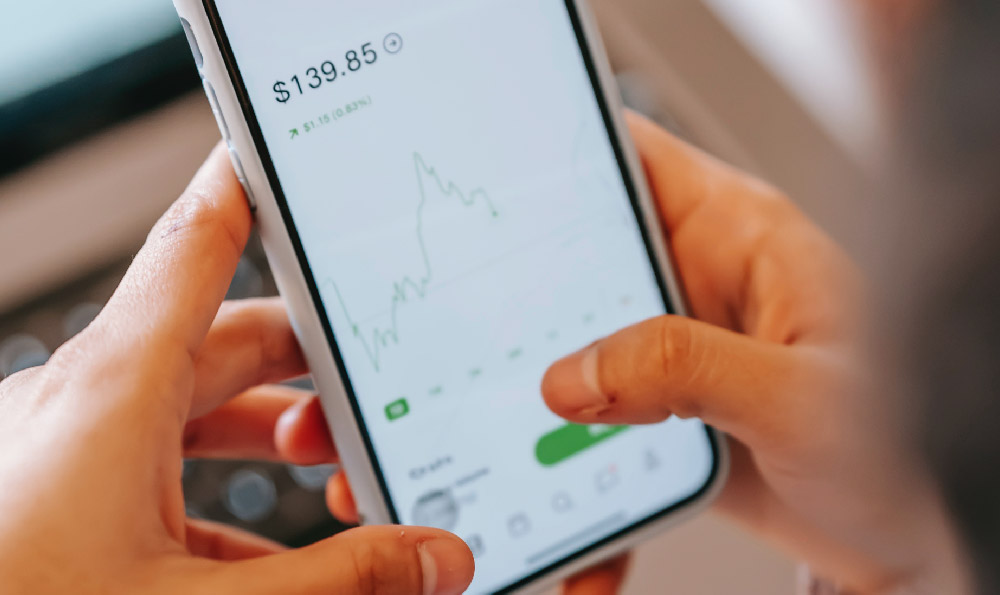
-
Display Ads: These appear at the top of the right-hand sidebar and above the video suggestion list. They are only available on desktop.
-
Overlay Ads: These are semi-transparent banner ads that appear on the lower portion of the video. Again, these are primarily a desktop experience.
-
Sponsored Cards: These cards display relevant products featured in the video or other related content.
-
Skippable Video Ads: These ads play before, during, or after the main video, and viewers have the option to skip them after five seconds. These are a very common ad type, and one most viewers are familiar with.
-
Non-Skippable Video Ads: As the name suggests, viewers must watch the entire ad before they can view the main video. While generally less popular with viewers, they tend to generate higher revenue for creators.
-
Bumper Ads: These are short, non-skippable ads (up to six seconds) that play before the main video.
The revenue you earn from these ads is determined by several factors. The two main metrics are CPM (Cost Per Mille, or cost per thousand impressions) and RPM (Revenue Per Mille). CPM represents the amount advertisers pay for one thousand views of their ad. RPM, on the other hand, represents the actual revenue you earn per one thousand views of your video after YouTube takes its cut (currently 45%). RPM is a more accurate indicator of your earnings potential because it considers the impact of ad blockers, viewer demographics, and other variables.
Several factors influence CPM and RPM. The most significant is the target audience of your videos. Advertisers are willing to pay more to reach specific demographics, particularly those with higher disposable income. For example, videos targeting business professionals or tech enthusiasts tend to have higher CPMs than videos aimed at children or general entertainment. Geographic location also plays a crucial role. Views from countries with strong economies, such as the United States, Canada, and Western European nations, typically generate higher CPMs than views from developing countries. The content of your videos also matters. Content that is family-friendly and appeals to a broad audience is generally more attractive to advertisers. Furthermore, content that aligns with specific product categories (e.g., technology reviews, beauty tutorials, gaming walkthroughs) can attract targeted advertising and command higher CPMs.
Beyond advertising, YouTube offers other monetization avenues. Channel Memberships allow viewers to support your channel directly in exchange for exclusive perks, such as custom badges, emojis, and exclusive content. Super Chat and Super Stickers allow fans to purchase highlighted messages in live chat streams, providing a way to stand out and interact with the creator. YouTube Premium Revenue is another source of income. YouTube Premium subscribers pay a monthly fee to enjoy ad-free viewing and access to exclusive content. A portion of the Premium subscription revenue is distributed to creators based on the watch time of their videos.
Merchandise shelves offer a direct avenue for creators to sell branded merchandise, such as t-shirts, mugs, and accessories, directly on their YouTube channel. This requires meeting certain eligibility criteria and connecting a merchandise platform.
However, profiting from YouTube is not as simple as uploading videos and waiting for the money to roll in. It requires a strategic approach, consistent effort, and a deep understanding of the platform. Niche selection is critical. Choosing a niche that is both profitable and aligns with your passion is essential for long-term success. Conduct thorough research to identify niches with high CPMs and a dedicated audience. Content quality is paramount. High-quality videos are more likely to attract viewers, generate engagement, and rank higher in search results. Invest in good equipment, learn editing techniques, and create compelling content that provides value to your audience. Consistency is key. Regularly uploading new videos is crucial for maintaining audience engagement and growing your subscriber base. Develop a content calendar and stick to a consistent upload schedule.
Search engine optimization (SEO) is vital for driving traffic to your videos. Optimize your video titles, descriptions, and tags with relevant keywords to improve your search rankings. Promote your videos on other social media platforms to reach a wider audience. Engage with your audience by responding to comments, asking for feedback, and creating a sense of community. This fosters loyalty and encourages viewers to return to your channel.
Remember that building a successful YouTube channel takes time and effort. Don't expect to get rich overnight. Be patient, persistent, and willing to learn from your mistakes. Stay up-to-date with the latest YouTube trends and algorithm changes to ensure that your content remains relevant and competitive. Analyze your channel analytics to identify what's working and what's not. Use this data to refine your content strategy and optimize your videos for maximum reach and engagement.
Finally, be aware of the potential pitfalls. Copyright infringement is a serious issue on YouTube. Ensure that you have the necessary rights to use any music, video clips, or images in your videos. AdSense policies are strictly enforced. Avoid creating content that violates YouTube's guidelines, such as hate speech, violence, or sexually suggestive material. Clickbait and misleading thumbnails can damage your reputation and lead to penalties from YouTube. Stay authentic and transparent with your audience. Build trust by providing accurate information and avoiding deceptive practices.
In conclusion, monetizing YouTube content is a multifaceted process that requires a combination of creativity, strategy, and hard work. By understanding the platform's monetization mechanisms, creating high-quality content, optimizing your videos for search, and engaging with your audience, you can significantly increase your chances of profiting from your YouTube channel. Remember to stay patient, persistent, and adaptable, and always prioritize providing value to your viewers.


